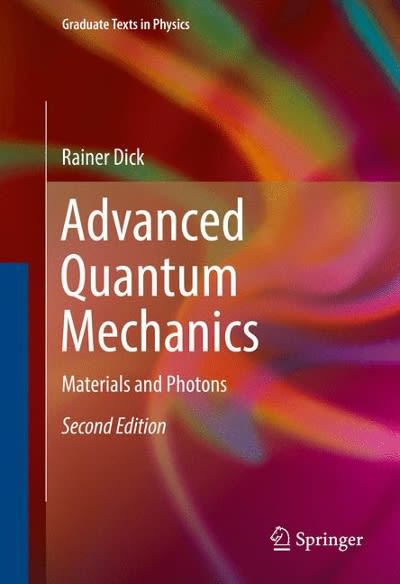Answered step by step
Verified Expert Solution
Question
1 Approved Answer
The class is about Electricity and Magnetism. The website wants exactly the perfect answer and in the same metric system units that are stated on
The class is about Electricity and Magnetism. The website wants exactly the perfect answer and in the same metric system units that are stated on the calculators that are on the picture for the question, if not, it'll mark it wrong.

Step by Step Solution
There are 3 Steps involved in it
Step: 1

Get Instant Access to Expert-Tailored Solutions
See step-by-step solutions with expert insights and AI powered tools for academic success
Step: 2

Step: 3

Ace Your Homework with AI
Get the answers you need in no time with our AI-driven, step-by-step assistance
Get Started


